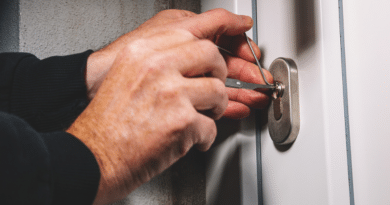How To Safely Store Gasoline for SHTF & Emergencies
Do you know how to safely store gasoline? Storing gas for emergencies can be challenging. I’ve learned this from experience, even when trying to keep gasoline for my fuel tank over the winter months. I’ve researched this topic extensively.
In this article, I’ll explain how to store gasoline safely. You’ll learn useful tips to keep fuel ready for when you need it most.
Whether it’s for your car, generator, or lawn mower, these suggestions will help you in urgent situations. I’ll share information to ensure you’re prepared for unexpected events.
Table of contents
Key Takeaways
- Use only approved gas cans made of metal or HDPE plastic. Red cans marked “gasoline” are best.
- Store gas in a cool, dry, well-aired spot away from heat, sun, and sparks. Keep it below 80°F.
- Add fuel stabilizers like STA-BIL to keep gas fresh for over a year. 8 ounces treats 20 gallons.
- Handle gas safely by wearing gloves, filling slowly, and cleaning spills right away.
- Dispose of old gas at hazardous waste sites or some gas stations. Never pour it down drains.
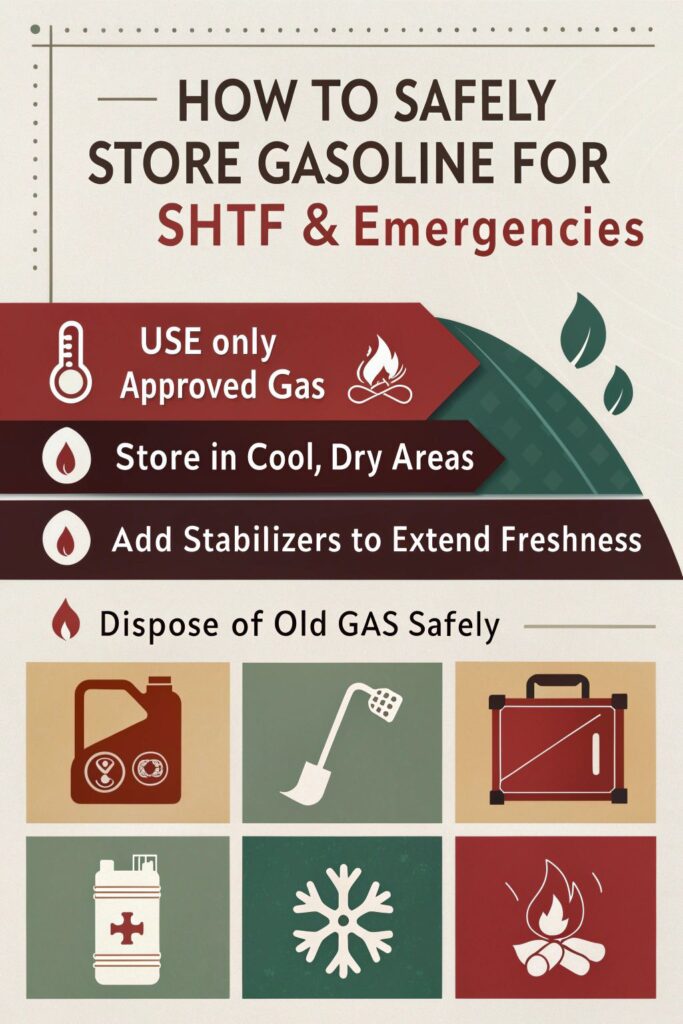
Approved Containers to Store Gasoline
Storing gas safely starts with the right container — such as a jerry can. The best way to store gasoline is in special cans made just for gas since gasoline is flammable and combustible. These cans provide safe storage to store your gas and, keep the fuel from spilling, and stop fumes from leaking out.
Consumer-grade gas cans
I use consumer-grade gas cans to store fuel safely. These cans come in metal or plastic and hold up to 5 gallons. I prefer the high-density polyethylene (HDPE) ones — they’re tough and don’t rust.
The law says I can’t fill glass or regular plastic bottles with gas, sure, I may be a rebel of sorts, but that’s too risky. My cans have special caps to prevent spills and let out pressure.
I always buy cans marked “gasoline” in red to avoid mix-ups.
Metal and polyethylene safety cans
I’ve found metal and polyethylene safety cans to be the best for storing gas. These cans are tough and safe. They’re UL-listed and pass leak tests. The lids close on their own, which adds more safety.
Plus, they meet DOT and NFPA rules for gas storage.
For my prep stash, I always pick these cans. They keep the gas in and dangers out. The self-closing lids stop spills and fumes from escaping. This cuts down fire risks big time. I feel much safer knowing my fuel is in containers that follow all the right codes.
Safety Guidelines to Store Gasoline
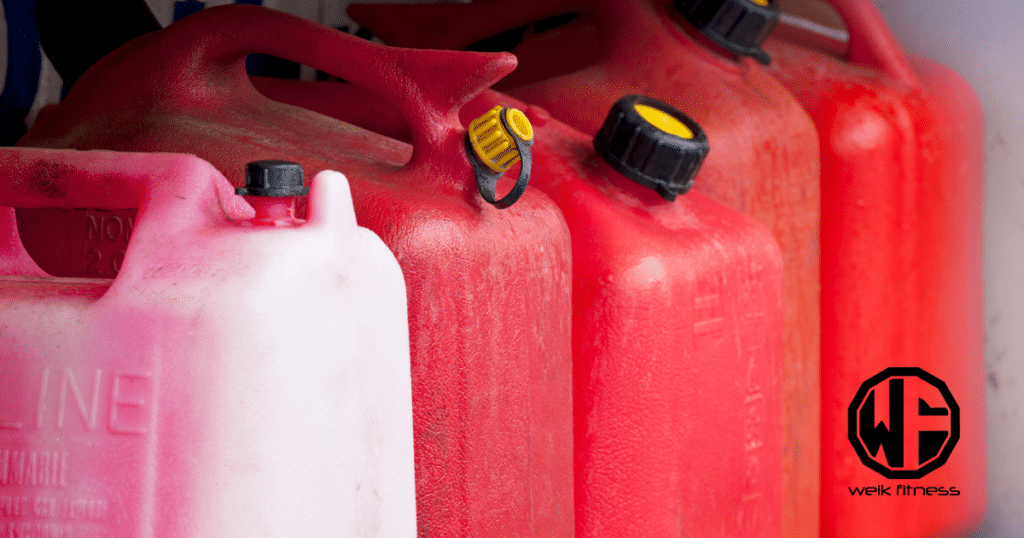
The key is to safely store gasoline. Keep it in a cool, dry spot away from heat and sparks.
Use a well-ventilated area away from ignition sources for gasoline storage
I keep my gas in a shed outside my house (but any garage or shed will do to keep gasoline containers if covered from the elements). It’s cool and has good air flow. This spot is far from any heat or sparks. I make sure there’s no water heater, furnace, or other machines nearby.
These could start a fire if gas fumes reach them.
My storage area stays below 80°F all year. I never put gas cans in direct sun or hot places. Don’t store your gasoline outside. Heat can make gas expand and leak out. I also keep matches, lighters, and electrical items away from my fuel since gasoline can be dangerous if anywhere near an open flame.
Safety is key when storing gas for emergencies. I’ll say it again… if you want to store gasoline at home, proper storage containers are a must.
Avoid direct sunlight and high temperatures
I store gasoline I have in a cool, dark spot. Heat and sun can make gas go bad fast. My shed works great — it’s shady and stays cool. I keep the cans away from my car’s hot exhaust and any heaters.
This helps the gas last longer and stay safe. It’s key to find a place that doesn’t get too warm or bright.
Using Fuel Stabilizers to Store Gasoline
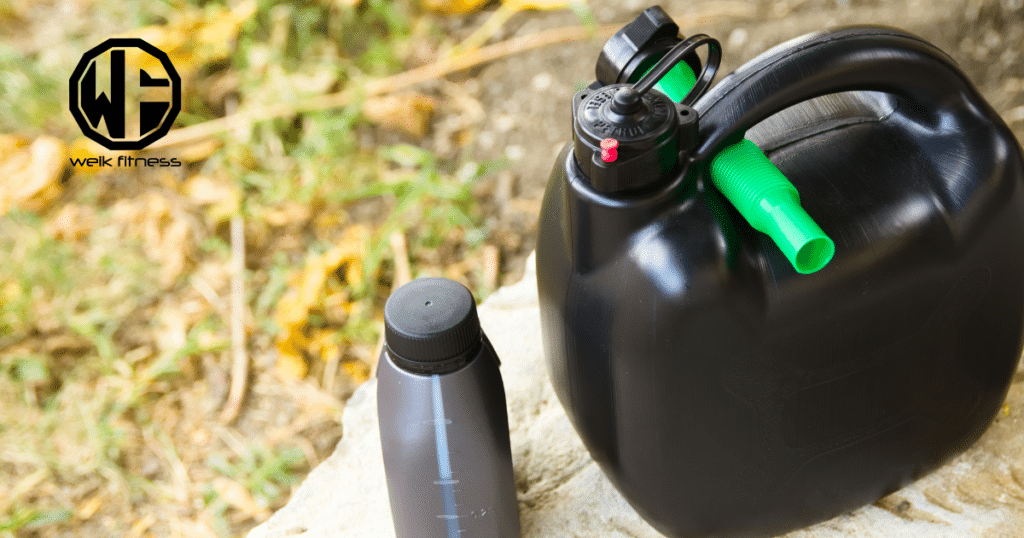
Fuel stabilizers are a must for long-term gas storage. I add a fuel stabilizer (STA-BIL) to my fuel to keep it fresh for over a year. Just 8 ounces treats 20 gallons of gas. It’s a small cost that saves big in the long run when trying to safely store gasoline.
Different types exist for various needs. I use a general-purpose one for my stored gas and a marine version for my boat.
Sta-bil is my go-to brand. At $8 a bottle, it treats 40 gallons for a full year. That’s cheap insurance for my fuel supply. I always mix it in before filling my storage tanks. This step is key for prepping.
It lets me store more gas without fear of it going bad. Fresh fuel is vital when SHTF.
Proper Handling of Gasoline for Fuel Storage

Handling gas safely is key when you store gasoline. I always wear gloves and work in a well-aired space when dealing with fuel.
Precautions while filling and transporting
I’ve learned a lot about handling gas safely over the years. Here are some key tips for filling and moving gas:
- Use only approved containers: Always fill gas into proper safety cans made for fuel. Never use milk jugs or other makeshift containers.
- Ground the container: Touch the can to the pump nozzle before filling to prevent static sparks. This stops fires.
- Fill slowly: Don’t rush and overfill. Leave room for fuel expansion. Stop at 95% full.
- Wipe spills: Clean up any drips right away. Even small spills are fire risks.
- Secure in vehicle: Put gas cans in the trunk or truck bed, never in the passenger area. Use tie-downs so they don’t tip.
- Drive carefully: Take it slow and easy. Quick stops can cause spills or tipping.
- Keep windows open: Good airflow gets rid of fumes. Don’t let vapors build up inside your car.
- No smoking: Never smoke near gas. One spark can cause a big fire or explosion.
- Check local laws: Some areas limit how much gas you can carry. Know the rules before you transport.
- Use a funnel: This helps avoid spills when pouring gas into your tank or equipment.
What To Do With Old or Spilled Gasoline
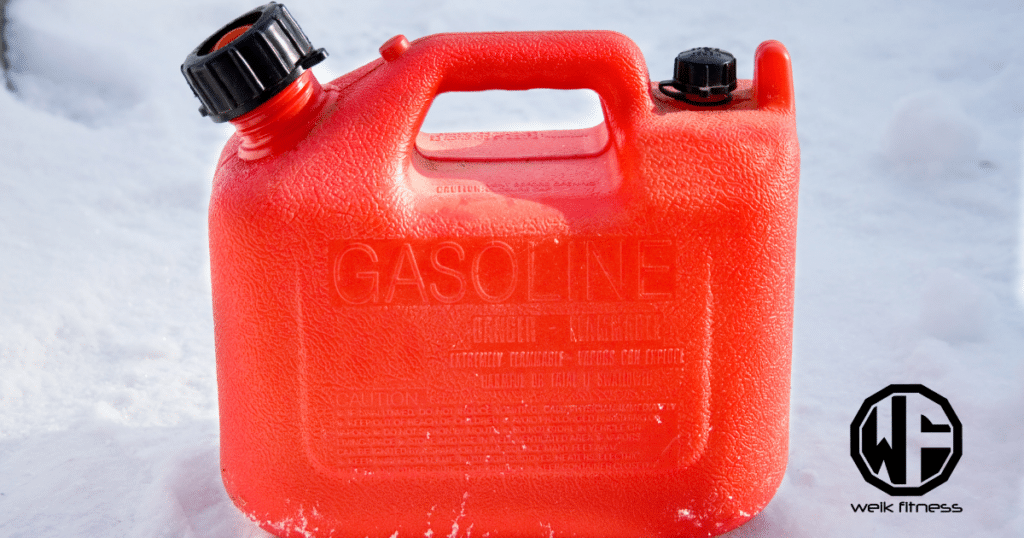
Old gas can be a pain since it’s a flammable liquid that you can’t simply pour down a drain or put out with your weekly trash (that’s dangerous and illegal). I’ve found ways to handle it safely.
For disposing of spilled gasoline and diesel, I use kitty litter or sawdust to soak it up. Bigger spills need to be contained and collected.
The best way to get rid of old gas is to take it to a hazardous waste facility. Some gas stations also accept it. Always check with your local government or hazardous waste rules first. Proper disposal keeps our water and soil safe.
It’s a key part of being prepared and responsible.
Store Gasoline and Prepare for Any Type of Emergency
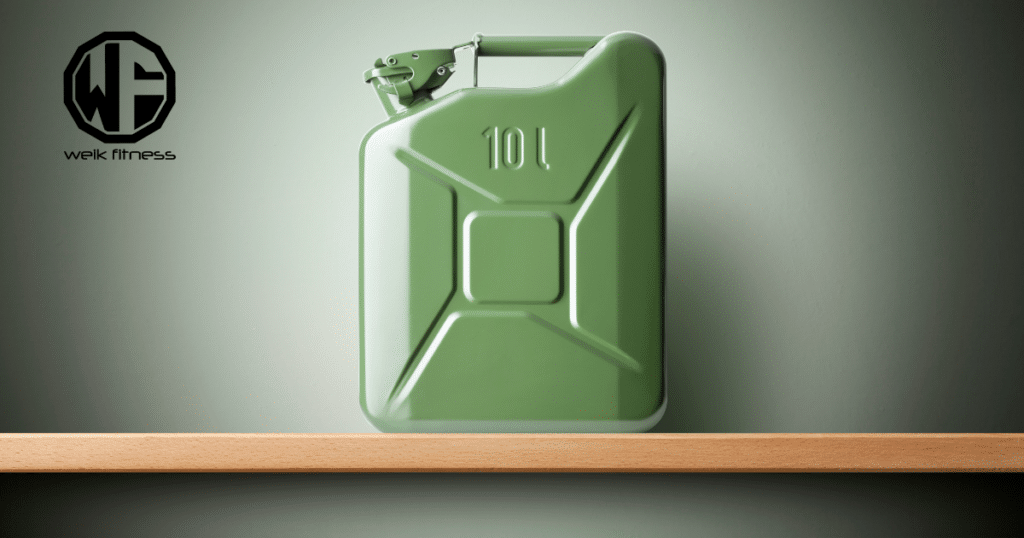
Storing gas safely in your shed or garage is key for tough times. Be sure to use gasoline safe storage and disposal methods mentioned in this article. I’ve shared the best ways to keep fuel ready. Use good containers, add stabilizers, and follow safety rules. This prep can make a big difference when you need it most.
Stay safe, be sure you know how to safely store gasoline, and be ready for anything!
As a side note to close out this article, if you want to support our website and are in need of any tactical gear (or any product for that matter), anything you purchase using our links below will provide us with a small commission. We don’t charge for our free content and our goal is to keep it that way. We don’t have a Patreon account to put things behind a paywall, nor do we sell pics of our feet on OnlyFans.
If you choose to use the links below and make a purchase (at no additional cost to you), we greatly appreciate your support as it helps us continue to publish free content (like this article) on our website:
- Optics Planet (use code SAS5 at checkout for 5% off)
- Amazon
We have also partnered with CCW Safe. It’s the concealed carry coverage that I personally have for myself and my family in the event we need to defend our lives. Feel free to use our CCW Safe link to sign up and get some coverage to protect yourself and your family.
Also if you have a product you would like us to check out and potentially review, please contact us and let’s discuss.





